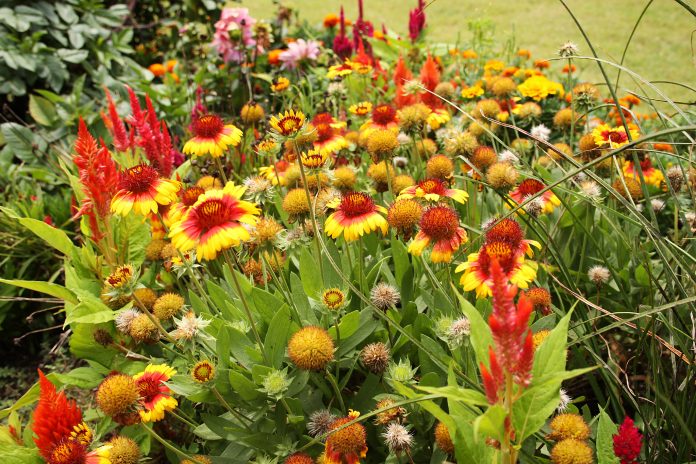AUBURN UNIVERSITY, Ala. – All gardeners know that no spring garden is complete without perennial plants. Adding different textures, colors and shapes, perennials can be the perfect additions to flower beds and landscapes. Early April is prime time for planting perennials. With the right preparation and care, these plants can return for years.
Allyson Shabel, an Alabama Cooperative Extension System home grounds, gardens and home pests urban regional agent, shares how to keep spring perennials healthy and blooming year after year.
What are Perennials?
“Perennials are plants that die to the ground every winter but come back every spring,” Shabel said.
While some gardeners choose to grow perennials for their foliage, most choose them for their blooms. These plants offer a wide range of foliage texture, color and shape that will suit any garden. The main benefit of perennial plants is their return each year. They do, however, have a shorter flowering period than most annual plants. This period can last anywhere from two to eight weeks.
Selection and Maintenance
According to Shabel, selecting particular perennials depends on both the gardener and the garden itself.
“Before choosing a perennial for your landscape, you must figure out your soil type, the amount of sunlight the spot receives and the amount of water the bed will receive,” Shabel said.
Tailoring plants to the site locations allows for best results, with selection of native plants another factor. Native perennial plants are better at supporting native pollinators and native insect populations. Selecting native plants increases the chances of attracting native beneficial insects to the landscape.
Using soil test recommendations, fertilizing perennial plants should be done in the spring. They will grow best if given a 1 to 2-inch layer of mulch on top of the soil. This helps to keep them moist during hot, dry Southern summers.
“Perennials do best in raised beds,” Shabel said. “By raising beds up 4 to 6 inches above the lawn, excess water will drain away from the area.”
Adding compost and organic matter can initially be used to build beds up. Make sure the area you will be planting perennials is weed and grass-free.





















